DOG TRAINING OFFERED IN-PERSON AND ONLINEOur dog training services are delivered in almost any format that meets your needs. We have GROUP CLASSES at our indoor and outdoor facilities on our farm, ONLINE LIVE STREAMING classes, and SELF-PACED VIDEO-BASED training through our Online Dog Training Course. Our PRIVATE TRAININGS can be done in-home, outside, in public dog-friendly locations, at our facility on our farm, online via phone or video conferencing and through email. |
We at The Light of Dog spend many a night toiling away in the commercial kitchen on our farm to create the best food for our dogs.
Even our local wildlife venture close in the dark of night to peer into our windows to see what wonderful recipes we are working on – it's common to see the deer and bunnies, with the occasional visit by a coyote and a bobcat.
In the meantime, our own dogs dream during the night of the latest food concoction they will get to taste test.
Most of our waking moments (and some of our sleeping ones) revolve around dogs: training dogs, playing with dogs, feeding dogs, and everything else you can think of. We spend a lot of time discussing, researching, planning, testing, and making dog food and treats. In the past, most of us didn't give much thought to what we fed our dogs. But that is starting to change. People are talking more about and learning more about dog food.
We thought the best way to talk food for dogs is to give dog owners an easy way to think about how to feed their dogs.
We humans have food pyramids, why not something similar for our dogs?
So we developed the Food Stack For Dogs, which is our roadmap for how we feed our dogs. We designed it with the following major considerations in mind:
- Comprehensive. We want to make sure we are our fueling our dogs with the right foods to keep them healthy and in top-shape for all their adventures, so this visual guide helps us do that by considering EVERYTHING we feed our dogs, not just meals.
- Balanced. We use the Food Stack to help us make sure we keep their diet balanced between proteins, carbohydrates and fats.
- Varied. Like humans, our dogs do best on a wide range of foods to maximize nutritional intake and so they do not get bored with eating the same things all the time.
- Easy to do. We're super busy and the last thing we want is to spend lots of time with highly specific meals and ingredients. We want to be able to feed our dogs with foods that we normally use for the humans in our households and in our usual food shopping routines.
How to Utilize The Food Stack For Your Dog
The Food Stack might seem overwhelming, but don’t tackle it all at once.
Pick a section or food group within a section at one time, incorporate it into your dog’s diet and into your food shopping and food prep routine. Make sure you watch how your dog feels and performs with the new food item. If they are good with it, move on to the next one.
If you want to learn more about how to buy high quality commercial foods used in the Food Stack For Dogs, please consult our Guide How To Make Healthy Food Choices For Your Dog
If you want to learn how to make raw dog food, which is surprisingly easy to do, please consult our Raw Dog Food Preparation Video and Guide.
If you want to purchase foods in each section from us that we make, please go to our food page here.
Food Stack Sections
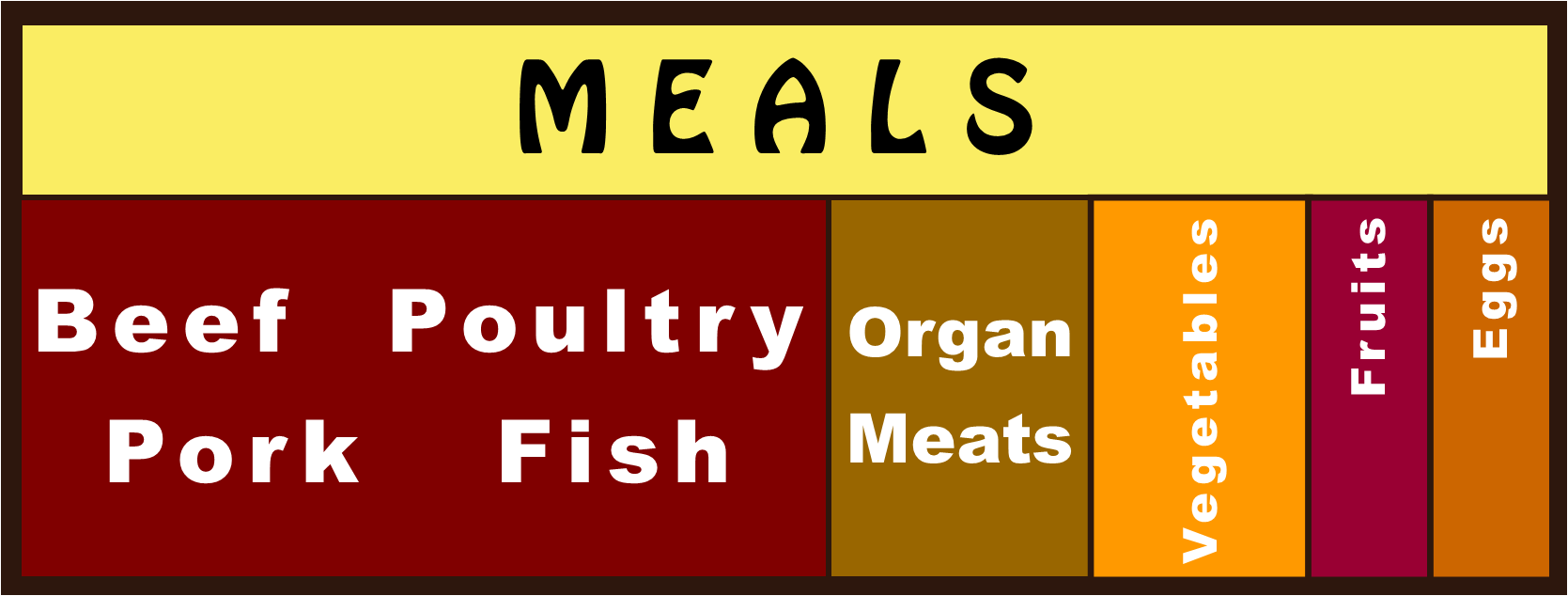
Our dogs' main meals should comprise at least 80% of their diet.
As a result, this is the area where dog owners can do the most for their dogs in terms of giving them a healthy diet.
There are two goals with meals:
- Keep them balanced among their protein, fat and carbohydrate intake. The latest research tells us to follow an ancestral diet, which is roughly 75% lean meats, 15% vegetables, 5% fruits and 5% other foods, like eggs. This approach also gives a dog their required fat intake.
- Try to select foods with quality ingredients and with as little processing as possible. And do your best to stay away from grains, legumes/beans and plant-based proteins. These are no-no's for dogs, but are used extensively in dog food products because they are much cheaper to use than meats.
And try to give your dog some variety. If you can, rotate between two different meal formulations, which is what we do. We usually feed one formulation for 1-2 months, then switch to the other.
We stick with the basic meats of beef, chicken and fish. There are many other meats, but we try to stick to the ones that are readily available domestically and easy to source.
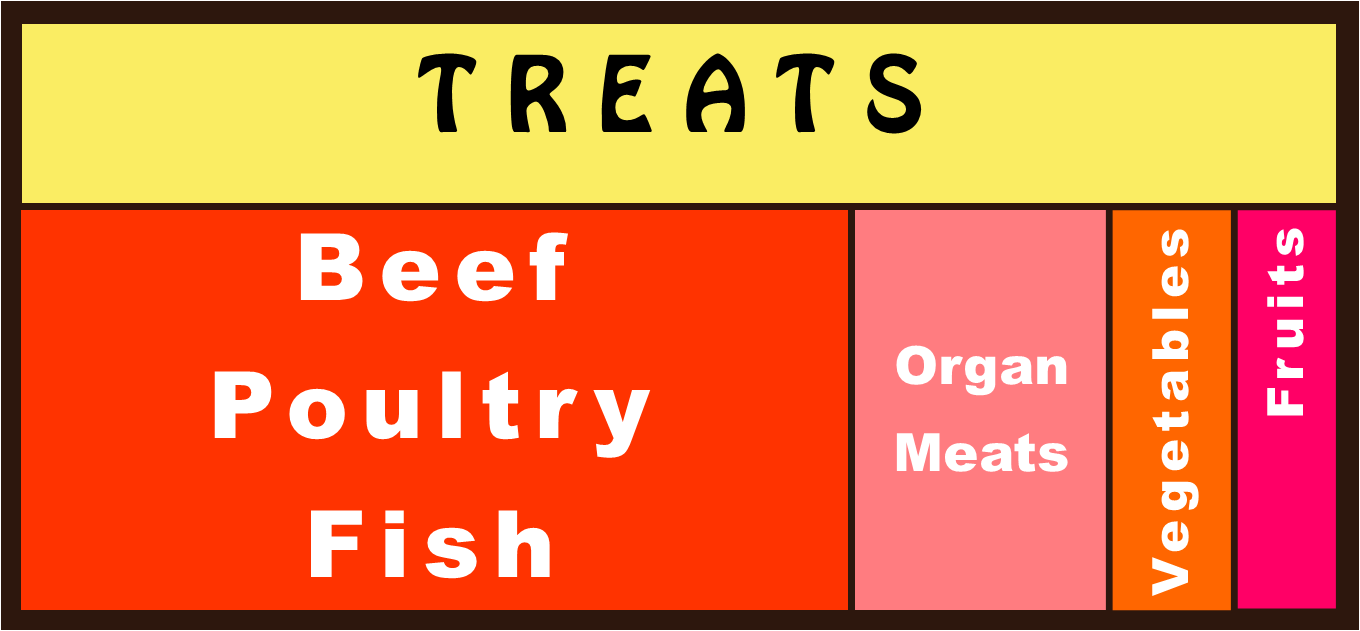
We feed a lot of treats because we’re constantly working with our dogs and rewarding them.
But this is an area where dog owners can really fall down in nutrition because most treats are very imbalanced according to protein, fats and carbs. And it is easy to end up feeding a lot of treats without realizing it.
The best option is actually to use your dog’s meals as treats.
But some foods used for meals, like raw dog food, don’t lend themselves well at all to using for treats.
So, the next best bet is to use treats that closely follow the same ancestral formulation.
But that may be hard to find, which is why we ended up making our own treats, which ended up becoming products that we now sell.
The next best option is to stick with treat products that are predominantly meat-based.
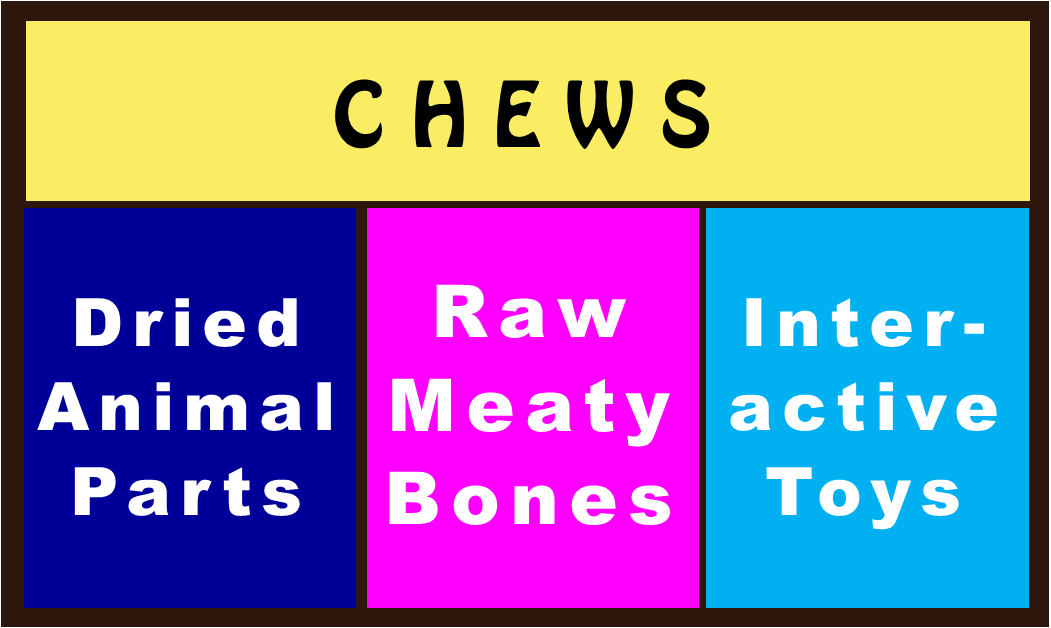
We generally think of “treats” as what we use for training, for quick rewards here and there, and for use in interactive toys. These are extra foods we give they can eat quickly.
But to give our dogs something longer lasting to do, we focus on items they can chew on or interactive toys they can work on for longer periods to extract food rewards.
For chews, we stick with dried meats and dried animal flesh items, like bully sticks, pig ears and chicken feet.
We like raw meaty bones, but they must be big enough for them to not wrap their entire jaw around. A large bone forces them to gnaw on them and helps reduce risk of breaking teeth. And, they must be raw, never cooked.
For the food dispensing interactive toys (Kong is probably the most familiar brand), we make a snack filler to freeze inside. Our snack filler is bison, since we already use beef, chicken and fish in meals and treats, with beef liver or some other organ meat and canned organic pumpkin all mixed together that can be spooned into and frozen inside the toys. This balance between the muscle meat, organ meat and vegetable approximates the ancestral mix.
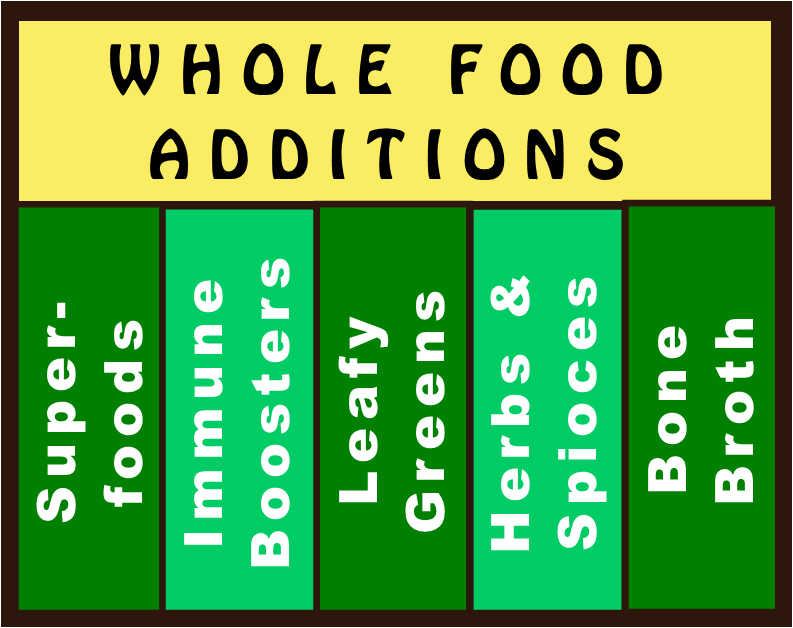
We use additional whole food ingredients in small amounts to add nutritional value and variety. These items are readily available in most stores and easy to assemble.
Superfoods
A superfood supplement that we use to complement our raw diet includes yogurt, flax seed, alfalfa and kelp powders, vitamin E and coconut oil. But you can add these same ingredients in small amounts to pretty much any meal to enhance the nutritional oomph.
Yogurt is a great food for dogs, but stick with goat’s milk yogurt without anything else added. Most store-bought yogurt is full of additives and sugar, so be careful when purchasing from stores.
The best is to get unpasteurized goat’s milk from a local rancher and make the yogurt yourself, which is what we do. Store bought goat’s milk has been pasteurized and has less nutritional value, but it will still work, especially when you can culture it yourself over 24 hours. Making your own yogurt requires some basic and relatively inexpensive equipment, but it is extremely easy to do.
Immune Boosters
We also combine yogurt with raw, organic whole turmeric root (not the powder) and honey (locally sourced, not from stores) to make an immune booster concoction that works well for our dogs.
Herbs and Spices
Herbs and spices are powerhouse nutritional foods. We include the following in small amounts in their meals, using one each day and constantly rotating through this list.
- Cinnamon;
- Fenugreek;
- Oregano;
- Thyme;
- Basil;
- Ginger;
- Parsley;
- Rosemary;
- Cilantro
Since we used spices in cooking for the humans in our household, these are usually readily available, which makes it easy to use a little each day in our dogs' food.
Leafy Greens
We include small amounts of leafy greens, like lettuces, chards, cilantro, parsley or kale. Pick one each day and add a little to their diet. Since we purchase these items for the human food in our household, it is easy to use a little of what we have each day in our dogs' food. Or, purchase one of these each week, using it in your own cooking as well as giving some to your dogs, then moving on to the next leafy green in this list when you next go to the store.
Here’s the thing, though. You ideally should not be feeding dried foods together with raw foods, because each requires different digestion mechanisms and putting them together can cause gastrointestinal issues for dogs. Feed dried and raw separately. If meals are dried commercial foods, then maybe between meals feed some of the raw leafy greens.
Bone Broth
We make 24-hour cooked bone broths from beef, chicken and pork raw bones. Not only is this great for the humans in our household, but it also excellent for our dogs with the minerals and collagen that come from it. Just make sure not to use any other ingredients in the bone broth when making it.
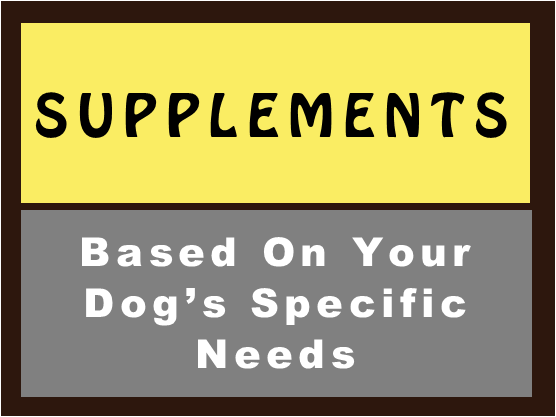
This final section of the Food Stack For Dogs includes specific supplements, whether natural or synthetic, to round out your dog’s particular needs.
You would ideally consult with your vet on these, which is what we do to help address the specific needs of each of our dogs.
Weight Management
The best way to manage your dog's weight is to stick with a diet that approximates the ancestral diet, which is roughly 75% lean meats, 15% vegetables, 5% fruits and 5% other foods, like eggs and the whole food additions mentioned above. Keep them away from grains and legumes/beans and of course, dairy and sugars.
Use their meals as treats or in interactive toys that they have to work for to get their food. By using interactive food dispensing toys or slow feeder bowls, they sometimes will feel fuller by eating slower. Using meals for training sessions will reduce the added treats used during the day. If you are using treats, make sure they are small! Just a small taste of some very tasty meat treats will go a long way.
Keep them active. Are they getting daily walks? How much chance do they get to run and play? If they need to lose weight, look at how much exercise they are getting. Instead of walks only on the weekends, walk daily. If you already walk daily, make it a longer walk or add another short walk in. Set up more frequent play dates or chances to play fetch in the back yard. And of course, don't feed them too much.
Meats are high calorie items, so if you really need more strategies than the ones listed above, you can substitute a little more vegetable for meat, but be careful here because you do not want your dog to get nutritional imbalances with reduced meat intake. Dogs are designed to primarily subsist off of meat.
For specific vegetables, stick with above ground ones, like cruciferous vegetables or squashes. Stay away from the dense carbohydrates ones – the root vegetables – including sweet potatoes and carrots
Managing Costs
Feeding high quality food to dogs with emphasis on meats can get expensive. But there are ways to feed well and still manage costs.
The whole food additions we include in the Food Stack are a great way to add nutritional oomph, especially when you do things like make 24-hour cultured yogurt or 24-hour cooked bone broth yourself.
Herbs and spices and leafy greens are readily available in stores and a little goes a long way when feeding our dogs.
Feeding raw is ultimately the best thing to do, since 80% of our dogs' food should come from meals, but that is not an all or nothing approach. You can do as little as a few raw meals per week to get great benefits.
Just remember to not mix raw uncooked foods with cooked or processed dry kibble in the same meal, as that can cause gastrointestinal distress in dogs.
Summary
To summarize, here's what we do:
Meals: 2 choices to alternate, sticking with foods whose ingredients are mostly meat with some vegetables and a little bit of fruit
Our formulations that we feed our dogs and sell include:
Treats: 3 choices to switch among, making sure they are predominantly meat based.
Our formulations that we feed our dogs and sell include:
Chews: animal parts like bully sticks, pig ears or chicken feet, raw meaty bones, a meat-based filler for interactive food dispensing toys, and their treats in interactive toys
Our formulations that we feed our dogs and sell include:
- Peak Power Chicken Crunchers
- Peak Power Snack Stuffers for interactive food dispensing toys
- We are working on bully sticks and pig ears sourced from our ranches that we already utilize for other products
Whole food additions: normal stuff that we use ourselves, like goat's milk yogurt, flax seeds, alfalfa and algae powders, coconut oil, raw organic whole tumeric roots, honey, herbs and spices, leafy greens and bone broth
Our formulations that we feed our dogs and sell include:
Supplements: any additional supplements our vet recommends for our dogs' specific needs.
Not at all or very sparingly, use grains and beans/legumes
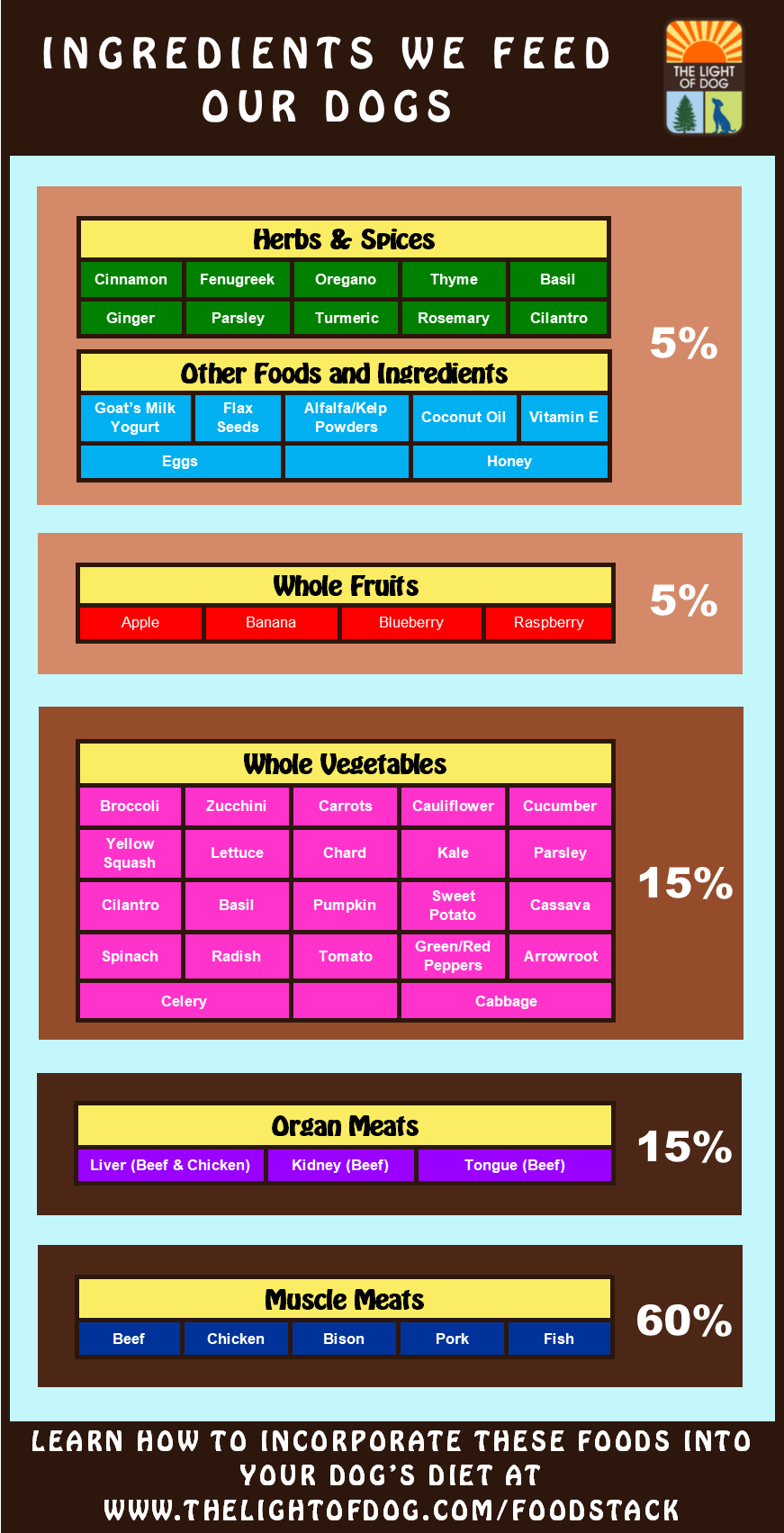
Our goal is to positively impact the lives of as many dogs and their families as we can, in part through our extensive library of video, infographics and text articles. |

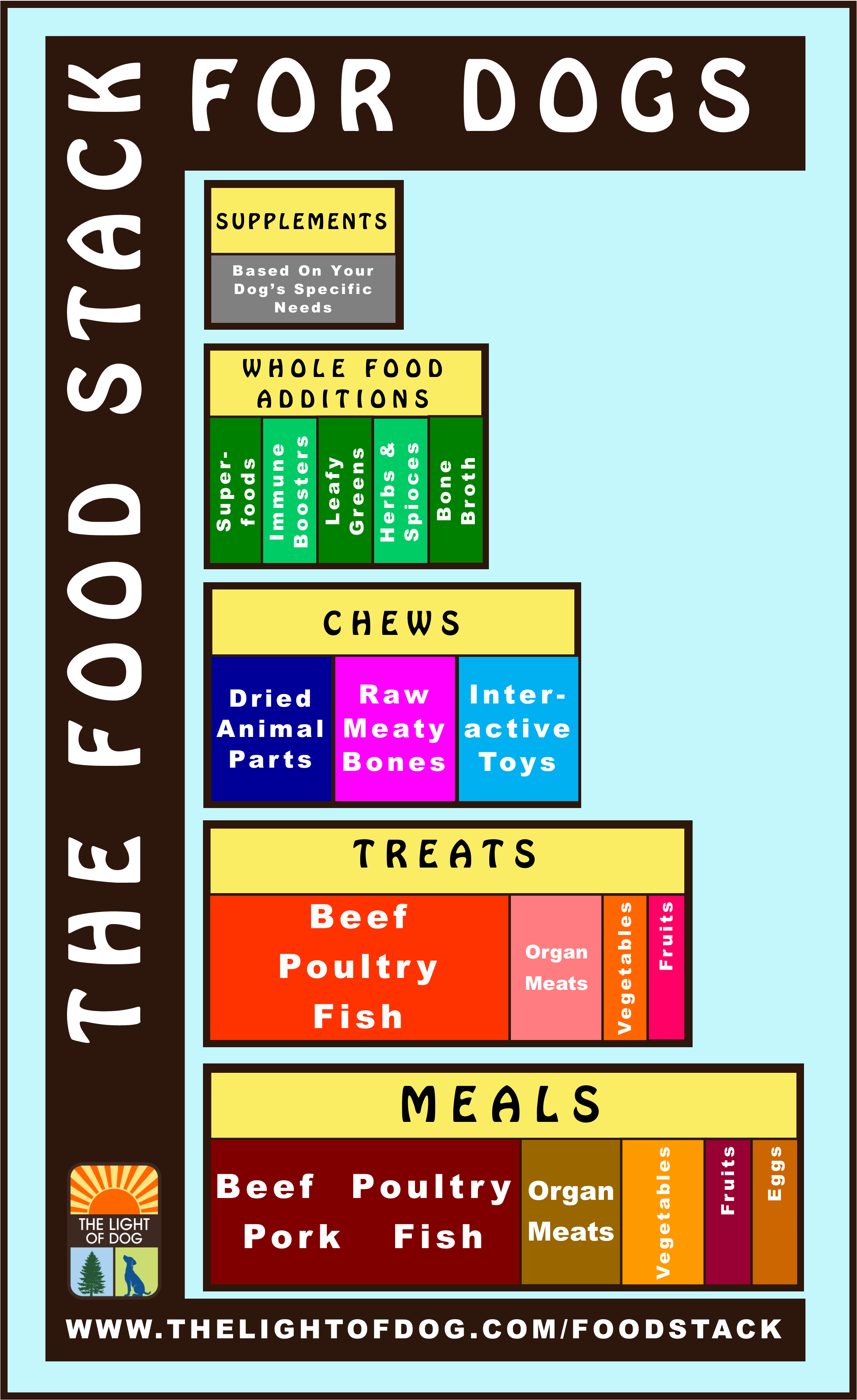



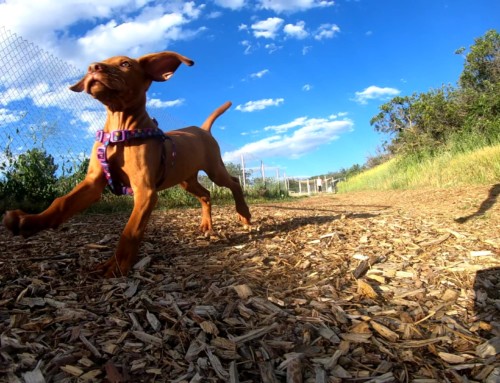

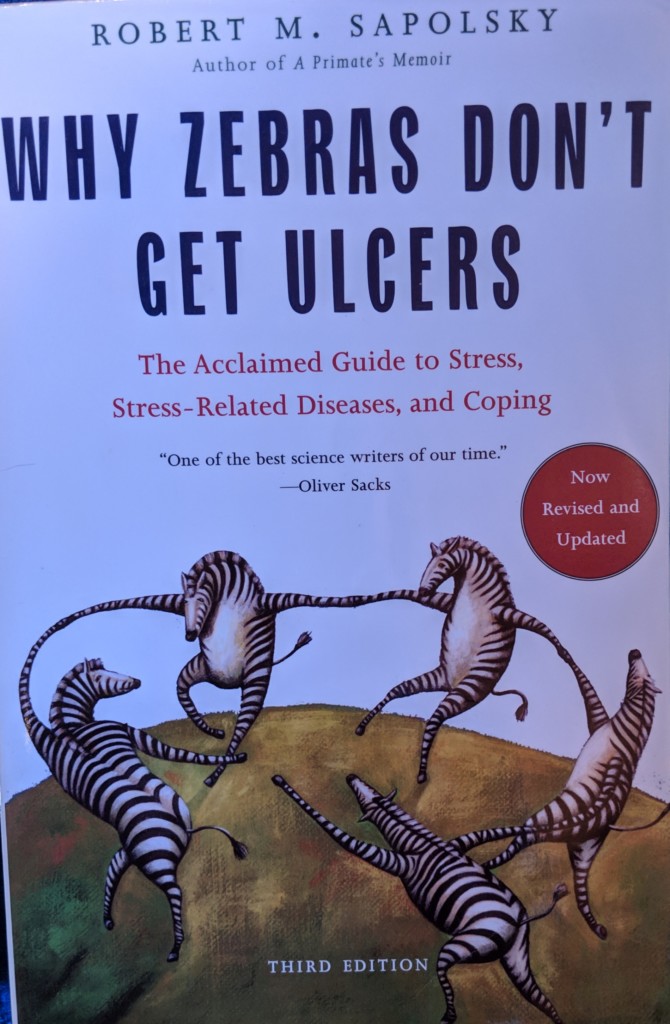


Leave A Comment